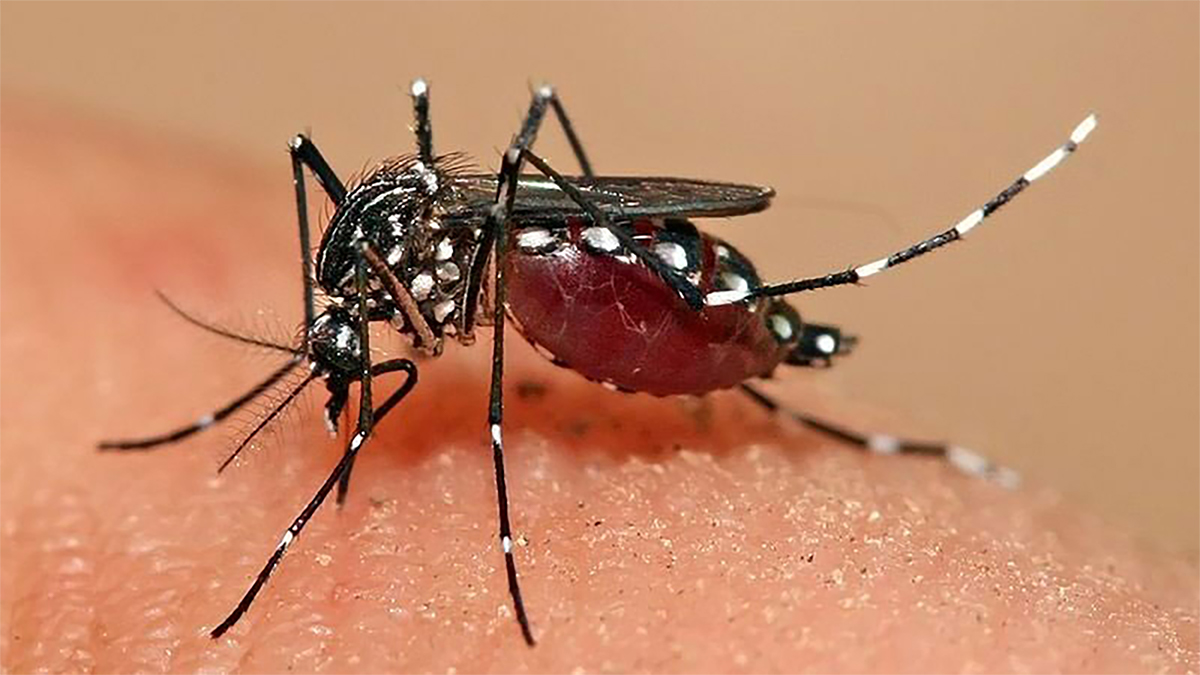Dengue hemorrhagic fever is an infectious disease caused by the dengue virus and the disease spreads from person to person mainly through mosquitoes infected with virus bites. About half of the world's population is at risk of dengue hemorrhagic fever and there are an estimated 100-400 million cases globally every year.
Dengue hemorrhagic fever is an infectious disease caused by the dengue virus and the disease spreads from person to person mainly through mosquitoes infected with virus bites. About half of the world's population is at risk of dengue hemorrhagic fever and there are an estimated 100-400 million cases globally every year.
WHO's 2023 Global Information Update on dengue haemorrhagic fever information shows that the incidence of dengue haemorrhagic fever has increased significantly globally in recent decades, rising from 505,430 cases in 2000 to 5.2 million cases in 2019.
The majority of dengue cases are asymptomatic or mildly symptomatic and self-medicate at home, so the actual number of dengue cases is underreported. Many cases are also misdiagnosed with other febrile illnesses.
Dengue fever is spreading to new regions including Europe and outbreaks are occurring. Local transmission was first reported in France and Croatia in 2010, and cases were imported and detected in 3 other European countries. The largest number of dengue cases ever reported globally was in 2019. All areas were affected and dengue transmission was recorded in Afghanistan for the first time.
The Americas region reported 3.1 million cases, with more than 25,000 severe cases. A large number of cases have also been reported in Bangladesh (101,000), Malaysia (131,000), the Philippines (420,000), Vietnam (320,000) in Asia. Dengue continues to affect countries including Brazil, Colombia, the Cook Islands, Fiji, India, Kenya, Paraguay, Peru, the Philippines, the Reunion Islands and Vietnam since 2021.

Dengue hemorrhagic fever is commonly found in tropical and subtropical climates of the world, the disease is common in urban and semi-urban areas. There are many cases of dengue virus infection that are asymptomatic or cause only mild illness, in some cases dengue virus infection can cause more severe cases of illness and even death.
The prevention of dengue hemorrhagic fever depends on vector control. Since there is no specific treatment for the disease, early detection and proper treatment will significantly reduce mortality from severe dengue.
Dengue hemorrhagic fever is asymptomatic and easily confused with other febrile diseases. Most people with dengue haemorrhagic fever have mild or no symptoms and will recover gradually and get better after 1-2 weeks. Rarely, dengue hemorrhagic fever can be severe and lead to death. If symptoms do occur, they usually begin from the 4th to 10th day after dengue virus infection and last 2-7 days.
Clinical symptoms may include: high fever (40oC), severe headache, pain behind the eyes, joint and muscle pain, nausea and vomiting, rash, etc.
Proactive prevention of dengue hemorrhagic fever
Mosquitoes that transmit dengue hemorrhagic fever are active during the day. To reduce the risk of disease by protecting individuals from mosquito bites using:
- Clothing that covers the body as much as possible
- Sleep nets during the day
- Window curtains
- Chemicals against mosquito bites
- Mosquito incense
If you have dengue, it is important:
- Need a break
- Drink plenty of water
- Acetaminophen can be used to relieve pain
Avoid anti-inflammatory drugs such as ibuprofen and aspirin
Watch for severe symptoms and contact your doctor as soon as possible if you notice unusual signs.So far, there is one vaccine (Dengvaxia) that has been approved and licensed for use in several countries. However, only people with evidence of previous dengue infection can be protected by this vaccine.
Source: https://suckhoedoisong.vn/